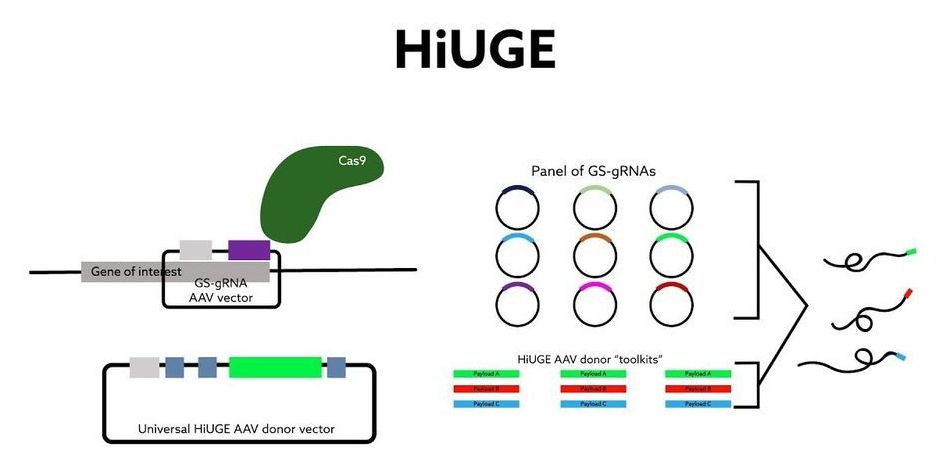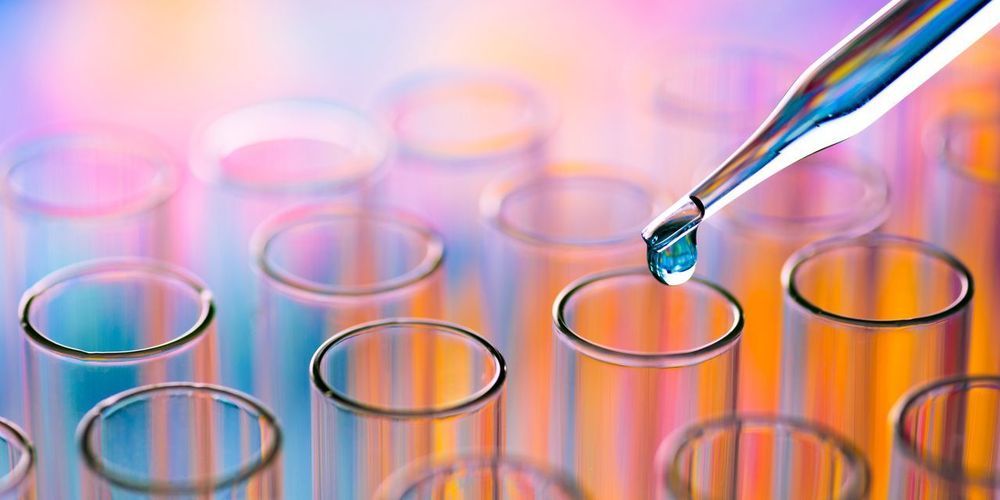Oct 26, 2020
No Implants Needed For Precise Control Deep Into The Brain
Posted by Nicholi Avery in categories: bioengineering, biotech/medical, genetics, neuroscience
“This is kind of a nice bookend to 16 years of research,” says Deisseroth, a neuroscientist and bioengineer at Stanford University. “It took years and years for us to sort out how to make it work.”
“The result is described this month in the journal Nature Biotechnology.”
“Optogenetics involves genetically engineering animal brains to express light-sensitive proteins—called opsins—in the membranes of neurons.”
Continue reading “No Implants Needed For Precise Control Deep Into The Brain” »

















